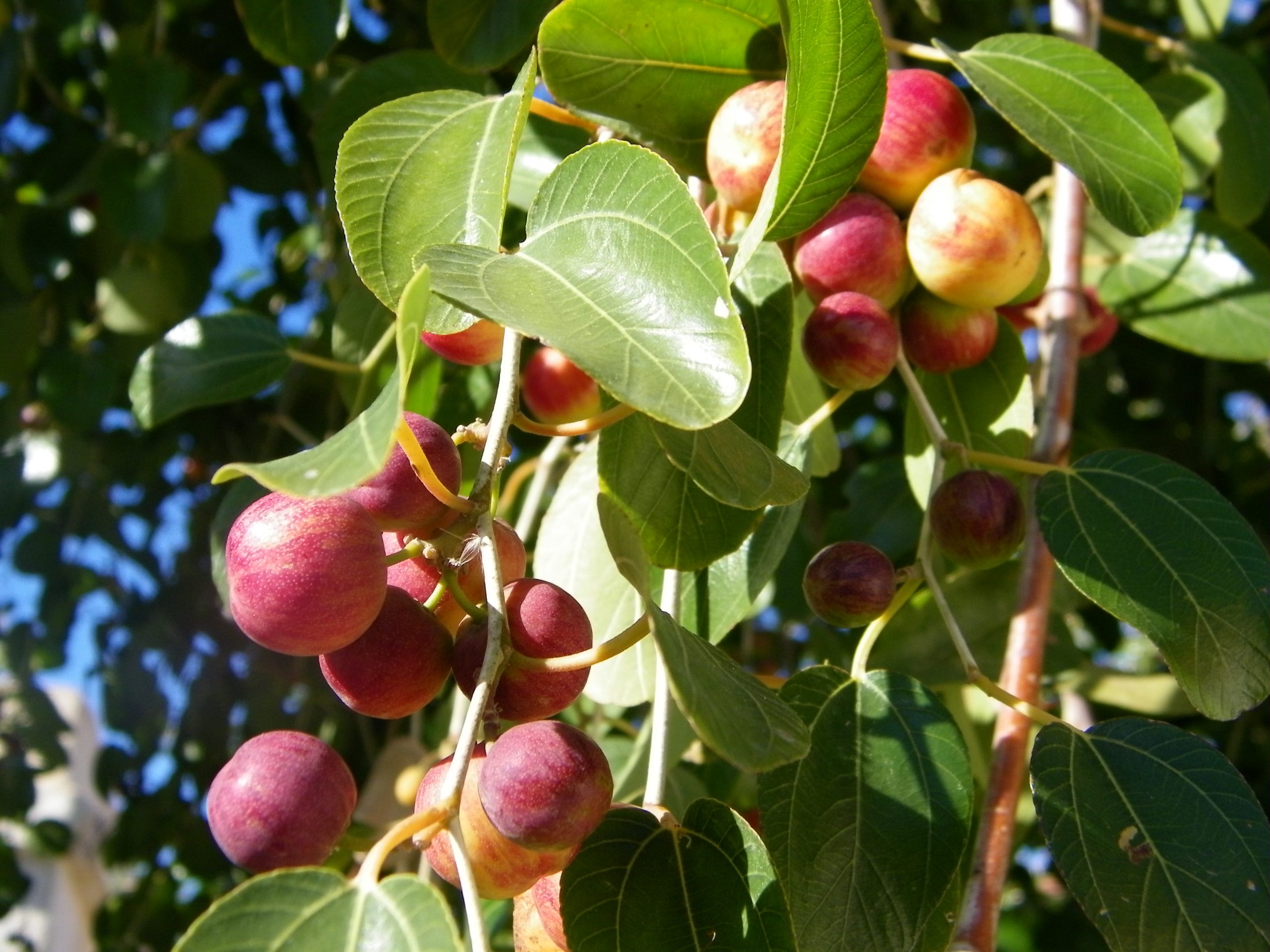
Like many other plants throughout the world that have cost millions of dollars in damage and control, buckthorn was originally an ornamental. In some places, it can still be found as a nicely trimmed and maintained hedge plant.
Unfortunately, buckthorn is not alone: many other ornamentals have escaped people’s gardens to wreak havoc on the environment, and many more are awaiting their chance. Just because a plant has been around for years doesn’t mean it won’t become a problem in the future, since there is typically a lag time between first introduction and establishment of populations in the wild. I’ve unknowingly planted some of these myself, which is why I’m here today not to preach, but to educate.
Japanese barberry is an example of a plant with bird-dispersed fruits, enabling it to spread far from its parent. The thorns make it uninviting to deer, and it can root from its stems. Populations have been found growing in the understory of Minnesota’s forests. The sale of Japanese barberry and many of its cultivars* are currently being phased out, and on December 31, 2017 it will be illegal to sell or propagate.
Oriental bittersweet, by contrast, does not yet have extensive populations in the wild (though there are some). This gives us a chance to stop it before it becomes the major problem it has been elsewhere, and is therefore on the state’s Noxious Weed – Eradicate list, which means it is illegal to have growing on one’s property. This vine not only kills trees, it can hydridize with the native American bittersweet, threatening their populations.
Another one on the Eradicate list is black swallow-wort, a vine I not long ago thought about planting! A member of the milkweed family, it has wind-dispersed seeds that can also be moved by humans, animals and vehicles.
Though not legally controlled, Russian olive is a tree recognized by the Minnesota Dept. of Natural Resources as an invasive plant. Other invasive woody species include Norway maple, Amur maple, exotic honeysuckle shubs (Lonicera tartarica, L. morrowii and L. X bella), Siberian elm, tree-of-heaven and black locust. The DNR’s list also includes the herbaceous plants yellow iris, ox-eye daisy, and Amur silver grass.
This is not an exhaustive list of the garden plants that have potential to become problems in nature. Wisconsin regulates more, several of which seem equally likely to become problems in Minnesota. I encourage you to stay informed, especially if you live near a stream or parkland…but even in the city seeds can wash into storm drains, get stuck to muddy shoes and tires, and be transported by animals.
Thanks very much for your attention, and for helping to keep our state’s natural areas healthy and beautiful for decades to come!
-Kristi
*Cultivars of Japanese barberry that will be phased out due to high seed production are listed here:
http://www.dnr.state.mn.us/invasives/terrestrialplants/woody/japanesebarberry.html
Other resources:
http://www.dnr.state.mn.us/invasives/terrestrialplants/index.html
http://dnr.wi.gov/files/pdf/pubs/fr/FR0464.pdf,
http://dnr.wi.gov/topic/invasives/documents/NR40_handout_Rd2_Final_vcs5.pdf
http://bugwoodcloud.org/mura/mipn/assets/File/InvasivesBrochure.pdf
http://www.dnr.state.mn.us/invasives/terrestrialplants/additionalinfo.html
If you spot an invasive species in the wild, report it here! https://www.eddmaps.org/
